How to Read METAR and TAF Reports
Pilot Institute
JANUARY 1, 2025
Altimeter Pressure (A2990) The next part of the report indicates the local atmospheric pressure, measured in inches of mercury (inHg). Pilots use this value to adjust their altimeters, ensuring they display altitude as close to mean sea level (MSL) as possible. Its also possible to report negative temperatures with an M prefix.




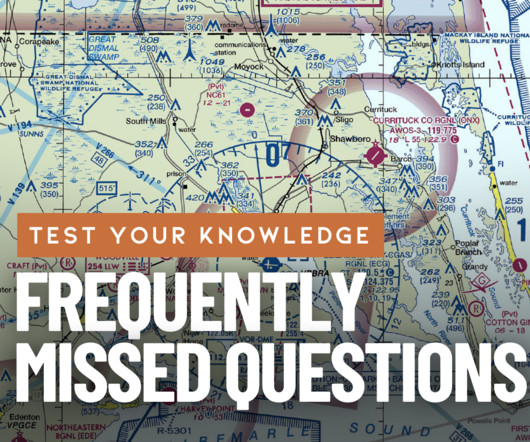

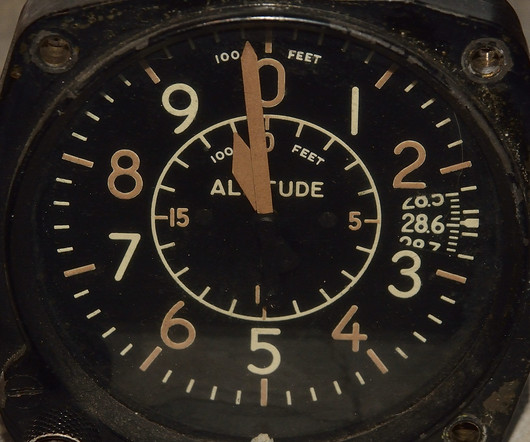









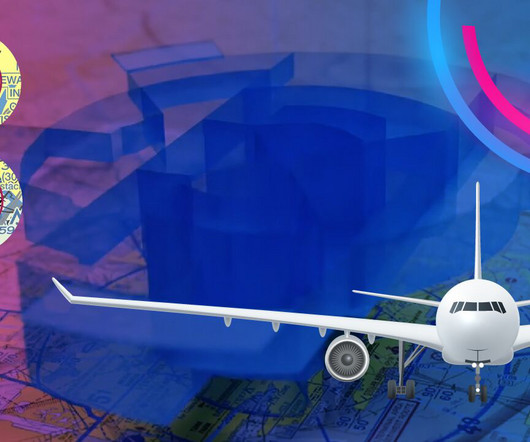
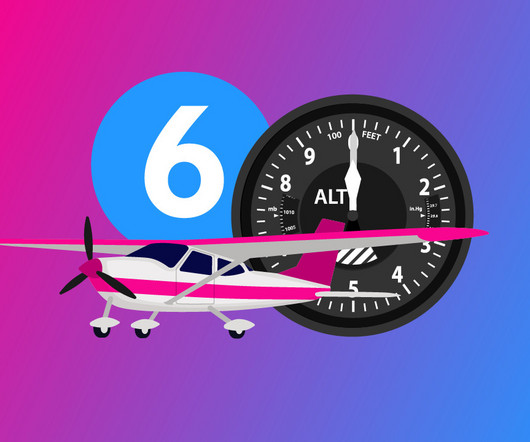
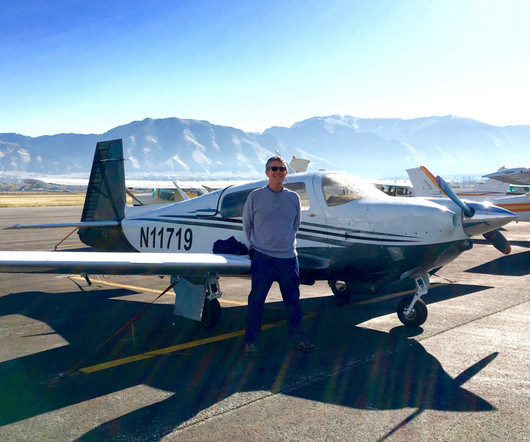






Let's personalize your content